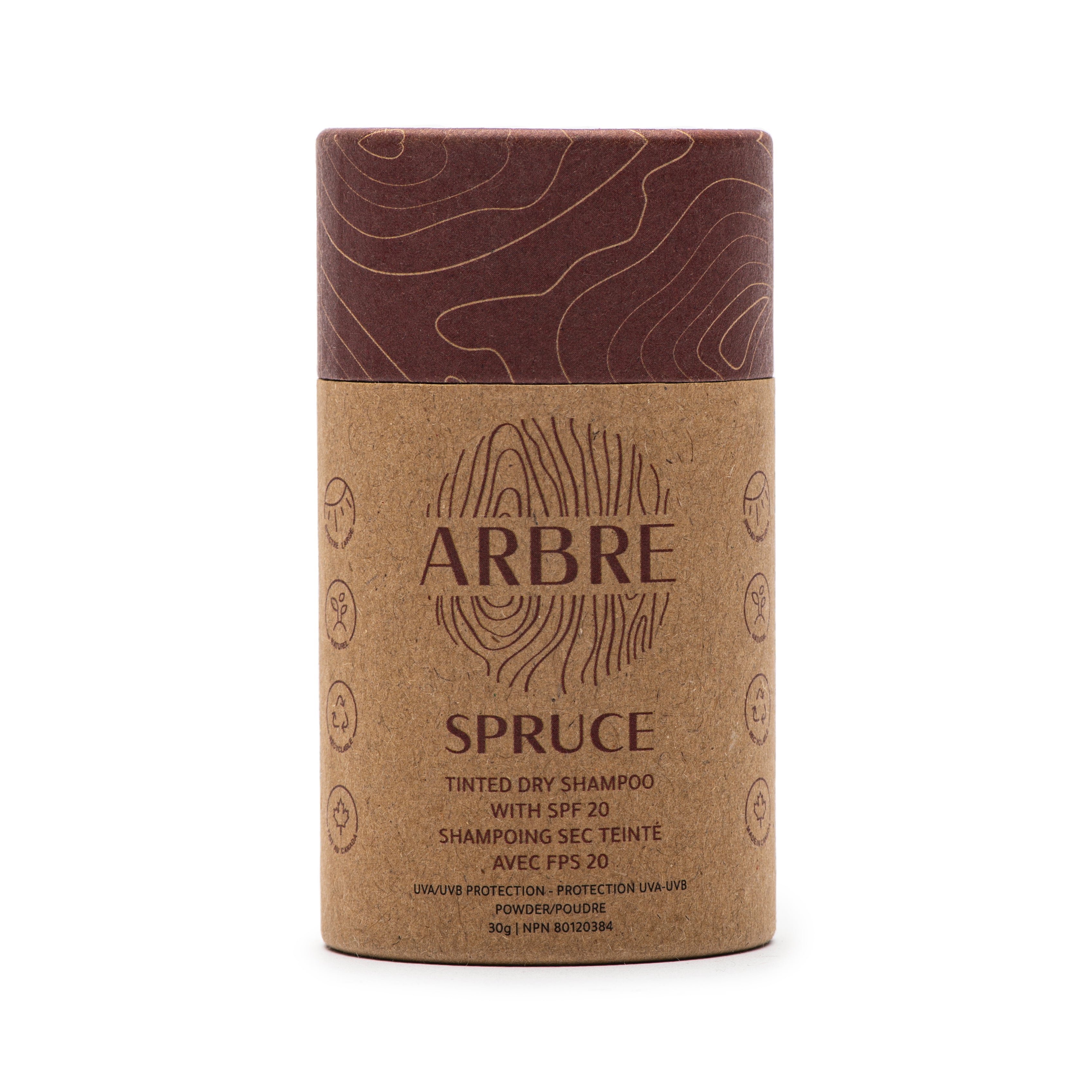With summer in full swing, many of us are starting to develop a tan. Many people are fans of tanned skin, but have you ever wondered why our skin tans? Keep reading to find out!
First, we will preface this blog by saying that there is no such thing as a safe or healthy tan! Tanning increases your risk of developing skin cancer, and so protecting your skin with sunscreen, clothing, and shade is one of the most important things you can do everyday.
According to the Skin Cancer Foundation, tanning is caused by exposure to ultraviolet (UV) radiation from the sun. This UV radiation causes DNA damage to the cells in the outermost layer of the skin. To prevent further injury, the skin cells produce melanin, which is the pigment that gives the skin colour. Increased melanin results in the skin darkening, and this is what we call a tan. This is also why a tan is never permanent – as the darkened skin cells naturally flake off, you begin to lose your tan after 7-10 days.
Did you know that tanning became popular in 1923 when Coco Chanel developed a sunburn on a trip to the south of France? Photos of her tanned then became a sign of beauty and relaxation. However contrary to popular belief, there are no medical benefits to being tan and getting a “base tan” will not protect you from getting a sunburn.
While the media and society wants us to believe that having a tan is beneficial, it is in fact the opposite. A tan is a visible sign of skin damage and can accelerate the development of wrinkles, dark spots, and weathered skin. The damage is also cumulative over your lifetime. Tanning can also damage all skin, no matter your skin tone.







Leave a comment